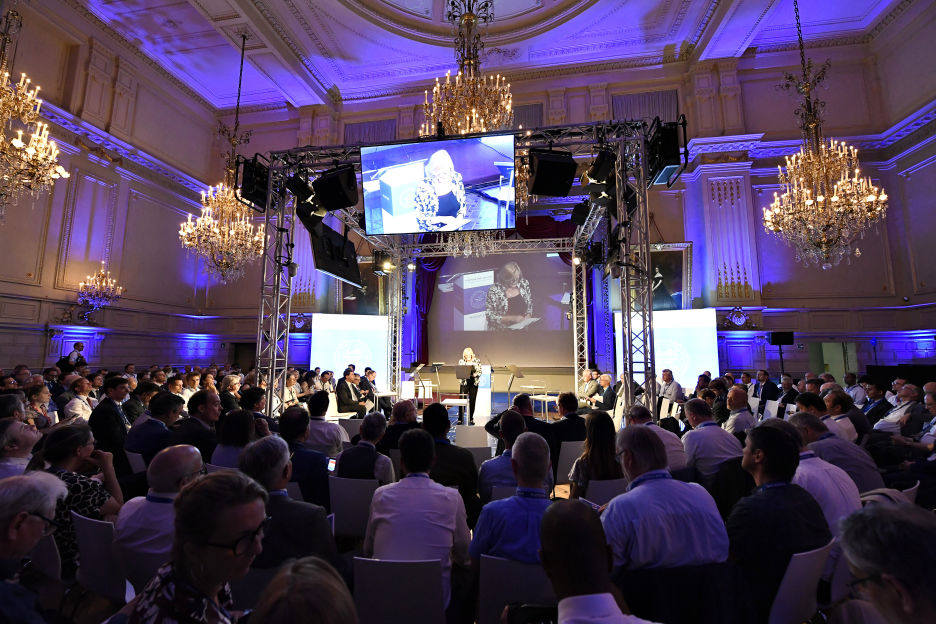Steel ls fundamentally an alloy of iron with small amounts of carbon. However, other elements, both metallic and non-metallic, can be added to change the properties of the steel, increasing corrosion resistance, hardness, or strength and so on.
There are perhaps twenty elements that can be alloyed with steel, imparting various properties as a result. These result in different 'grades' of steel.
Examples of (metallic) alloying elements include:
- Aluminium: used to purge steel of impurities, such as oxygen, phosphorous or sulphur
- Chromium: increases toughness, hardness and wear resistance; widely used in stainless steels
- Copper: increases corrosion resistance and hardness
- Manganese: increases high-temperature strength, wear resistance, ductility and hardness
- Molybdenum: adds corrosion resistance and improves high-temperature strenth; widely used in stainless steels
- Nickel: increases corrosion resistance and strength; widely used in stainless steels
- Silicon: improves magnetism and strength
- Tungsten: used to increase strength and hardness
- Vanadium: improves corrosion resistance and material strength
Less commonly used alloying elements can impart other properties. These bismuth, cobalt, titanium, selenium, tellurium, lead, boron, sulfur, nitrogen, zirconium and niobium. These alloying elements can be used alone or mixed depending on the intended characteristics of the alloy steel being created.


